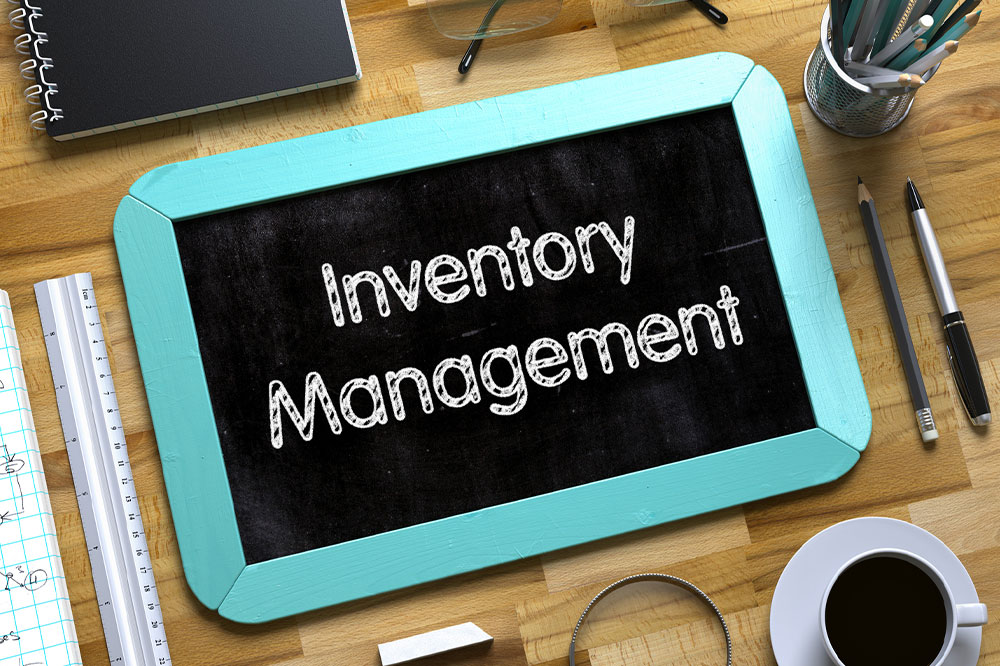Business Inventory Management – Its Benefits and Types

Inventory management involves the monitoring, handling, and replenishing of stock items of a business. Business This aspect is a part of an organization’s overall supply chain management. In such a management process, businesses track the flow of raw materials to finished products from their manufacturing facility to their warehouse and, ultimately, to the final selling point. Here’s how asset and inventory management tools streamline and optimize the business operations of several organizations:
Benefits
A company’s inventory management processes’ speed, quality, and efficiency can influence its sales, profits, growth, and long-term sustainability. Here are some key benefits of implementing such a business step:
Increasing Cost Efficiency
Inventory management reduces errors in documentation when companies measure their stock levels, make material purchase orders, update records related to finished goods, or perform other similar tasks. Fewer documentation mistakes automatically result in reduced time, money, and effort in correcting them. Additionally, in supply chain management, saved time is often considered the same as saved costs. Companies can also reduce unnecessary stock on their books by managing resources efficiently. Modern inventory management software tools analyze and detect stock that may not be integral to an organization’s supply chain and, as a result, can be disposed of or sold. This aspect reduces the cost spent on redundant stock or equipment.
Maintaining Optimal Stock Levels
Businesses do not have much margin for error when they attempt to balance their stock levels. Companies can have a surplus of stock in their warehouse or stock-outs without proper inventory or asset management tools. Excess stock is undesirable, as it takes up a company’s valuable warehouse space. More importantly, the stock generally has a limited shelf life. Having too much stock in the warehouse can spoil, especially if the stock is made up of perishable items. For example, suppose a flour-producing company has more wheat grains than it can process for several weeks in its warehouse. In that case, it will end up losing a large number of materials due to decomposition.
Companies suffer stock-outs or run out of stock due to improper planning—a lack of stock in the warehouse stalls a company’s manufacturing process. As a result, such a company cannot produce and sell its products to customers on time. The key to avoiding stock-outs or excessive stock in the warehouse is making material purchases at the “right” time. Inventory management software can notify an organization’s procurement team whenever stock levels dip below a certain threshold. So the procurement managers and their teams have enough time to make material purchase orders on time. In this way, companies can maintain optimal stock levels in their warehouse.
Improving Customer Purchase Experience
As business inventory management reduces the overall lead time of a company’s supply chain operations, businesses can deliver their products and services with greater urgency to their end customers. Additionally, several eCommerce companies allow customers to track their deliveries and know, in advance, about any changes in the products’ expected time of arrival, i.e., ETA. Delivery tracking is mainly possible with such software, and the overall customer purchase experience is enhanced.
Types
While there may be several ways to classify inventory management types, here are three of the most common ones:
Inventory Turnover
In this type of management, businesses closely assess the number of times their products have been sold, on average, before they typically need to make a stock purchase order.
Inventory Control
In this type, businesses evaluate the stock levels in their warehouse to ensure they are sufficient for satisfying production demand.
Inventory Shrinkage
In this type, businesses consider a certain period for analysis before evaluating the difference between inventory levels and the number of goods reportedly sold during that time.
Vendor Managed Inventory
Vendor-managed inventory is a crucial component of modern logistics and supply chain management. The manufacturer or supplier of goods controls the inventory levels of their buyers. This process is usually automated, wherein inventory management software replenishes inventory for a retailer without the latter having to make a purchase order from the supplier or manufacturer.
This process reduces the time spent making an order, receiving an invoice, and other similar tasks. In this way, vendor-managed inventory allows companies to speed up their sales and revenue generation.
Best Software Options
Several organizations use automation and inventory management software to optimize their supply chain, and here are the best options one can choose from:
Acumatica
Acumatica provides flexibility in deployment options so companies can use the software through cloud computing or on-premise installation. This software has an intuitive API for easy inventory management operations. Additionally, it can work on multiple databases simultaneously to reduce the supply chain lead time. Acumatica’s pricing is reasonable and flexible too.
inFlow
This software is arguably the most popular option among B2B companies. Among the main highlights is its efficient central inventory database management. Apart from that, inFlow also offers comprehensive and timely reporting. Also, it only needs two to six hours to set up before fully operational.
Oracle NetSuite OneWorld
This cloud-based software offers good customer relationship management features for organizations and can be expanded to meet the company’s other supply chain requirements.
Cin7 Orderhive
For multi-channel efficiency, Cin7 Orderhive can be a good choice. This tool offers real-time updates on multi-channel operations. It is also one of the more cost-efficient options for companies on a tight budget. Most importantly, the Cin7 Orderhive can be used to streamline inventory, order, and fulfillment management.






